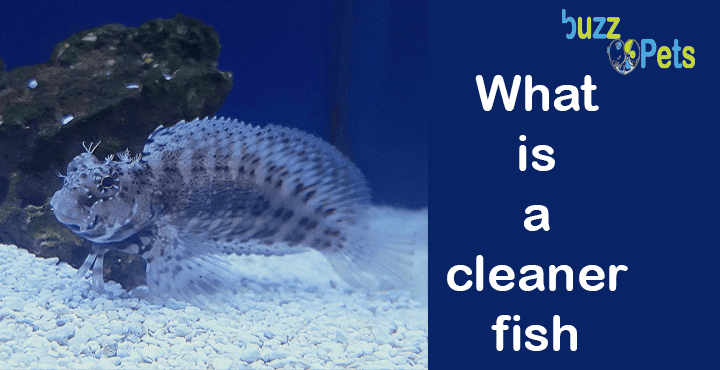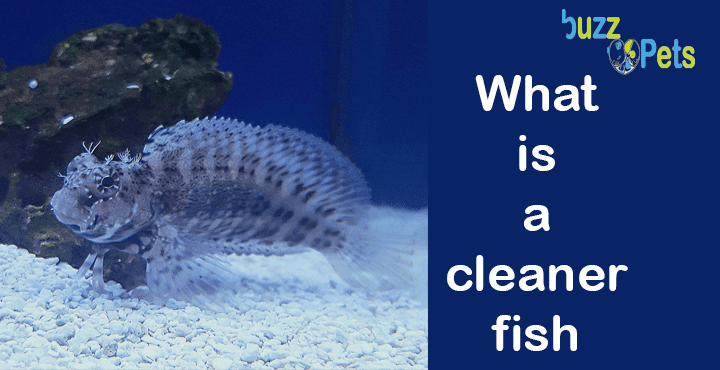Depending on their morphology and their diet, cleaner fish have a major role to play in your aquarium. Some novice aquarists often confine these groundfish to the simple role of window or floor cleaner. These algivorous or detritivorous groundfish deserve to be much better considered and chosen according to the volume, the population and the setting of the aquarium. It’s not just fish, other algae eaters are helpful in maintaining a good balance in the tank. This is particularly the case with snails and nerites in particular, but also shrimp.
Affected washerfish species spend their time searching the ground for food. They are therefore useful for recovering what others have not eaten. However, one must be sure that what they find is sufficient, otherwise, it will be necessary to feed these groundfish specifically.Enteromorpha, Bryopsis, Derbesia, Cladophora, Polysiphonia: these are the learned names that designate algae causing us a lot of trouble in the aquarium. While some species are very useful in limiting their development, cleaner fish also have a say and can be effective by feeding on these algae.
They have a particular morphology and are suitable for cleaning the bottom of the aquarium. Most species of cleaner fish do not have scales, they are replaced by bony plates forming a breastplate. Their pectoral fins are generally provided with hard rays which are useful for them to rest on the substrate. Their mouths facing down are often provided with barbs or thorns.
Cleaner fish species
Depending on the volume of the aquarium, choose suitable cleaner fish, taking into account their size in adulthood. In medium-volume tanks, from 200 to 300 liters, several species of blenny will be of great help. We will retain various species belonging to the genera Atrosalarias, Salarias, Cirripectes, Ecsenius and Ophioblennius. They are usually no longer than a couple of inches and are suitable for most aquariums.
In tanks with a volume greater than 450 liters, surgeonfish will work very effectively in cleaning the aquarium. Some Zebrasoma, notably Z. scopas and Z. flavescens, can be satisfied with a volume of 200 to 250 liters.
Food for cleaners
The presence of bad algae in an aquarium is not an insurmountable problem and can be partially taken care of by your cleaners and invertebrates that inhabit the aquarium. The formation of algae in the tank is a natural phenomenon and a sign of good aquarium health. On the other hand, if their proliferation becomes uncontrollable, the groundfish cannot take care of itself to restore this disorder. There is undoubtedly a biological imbalance due to a combination of factors:
Poor quality or duration of lighting,
Irregular maintenance or insufficient water changes,
Inadequate quality or quantity of food.
Affected washerfish species spend their time searching the ground for food. They are therefore useful for recovering what others have not eaten. However, one must be sure that what they find is sufficient, otherwise, it will be necessary to feed these groundfish specifically.Enteromorpha, Bryopsis, Derbesia, Cladophora, Polysiphonia: these are the learned names that designate algae causing us a lot of trouble in the aquarium. While some species are very useful in limiting their development, cleaner fish also have a say and can be effective by feeding on these algae.
They have a particular morphology and are suitable for cleaning the bottom of the aquarium. Most species of cleaner fish do not have scales, they are replaced by bony plates forming a breastplate. Their pectoral fins are generally provided with hard rays which are useful for them to rest on the substrate. Their mouths facing down are often provided with barbs or thorns.
Cleaner fish species
Depending on the volume of the aquarium, choose suitable cleaner fish, taking into account their size in adulthood. In medium-volume tanks, from 200 to 300 liters, several species of blenny will be of great help. We will retain various species belonging to the genera Atrosalarias, Salarias, Cirripectes, Ecsenius and Ophioblennius. They are usually no longer than a couple of inches and are suitable for most aquariums.
In tanks with a volume greater than 450 liters, surgeonfish will work very effectively in cleaning the aquarium. Some Zebrasoma, notably Z. scopas and Z. flavescens, can be satisfied with a volume of 200 to 250 liters.
Food for cleaners
The presence of bad algae in an aquarium is not an insurmountable problem and can be partially taken care of by your cleaners and invertebrates that inhabit the aquarium. The formation of algae in the tank is a natural phenomenon and a sign of good aquarium health. On the other hand, if their proliferation becomes uncontrollable, the groundfish cannot take care of itself to restore this disorder. There is undoubtedly a biological imbalance due to a combination of factors:
Poor quality or duration of lighting,
Irregular maintenance or insufficient water changes,
Inadequate quality or quantity of food.


